I have some of these lithium ion battery charging modules which are very commonly available online. They use a TP4056 charger and a DW01 protection IC.

The DW01 datasheet says that it should cut off discharge at 2.40 ± 0.1 V, which is already too low for my liking, but I've just done an experiment where this board allowed my 18650 cell to reach 2.2 V! I stopped the test manually for fear of harming the cell. When I provided charging power again, the board went into 80 mA recovery mode because the voltage was so low.
Through my reading, I've learned that due to voltage sag under load, batteries with a 2.5 V protection will bounce back up a bit, but I'd like to stop the discharge sooner.
I would like to prioritize the health of the cell, not squeezing every drop of current out of it. I don't mind stopping with 5% left. Can you provide any recommendations, pointers, or learning resources regarding protection methods with a shutoff closer to 3.0-3.3 V? Am I supposed to be using a different solution entirely, instead of relying on these "airbags"? I was not expecting this to be so challenging.
I have already read several dozen threads both here on electronics.se and on reddit. The consensus that I see time and time again is that discharging a cell below 3 V is not healthy for it, and yet all of these protection ICs are designed for 2.5 V. I can't make sense of the situation.